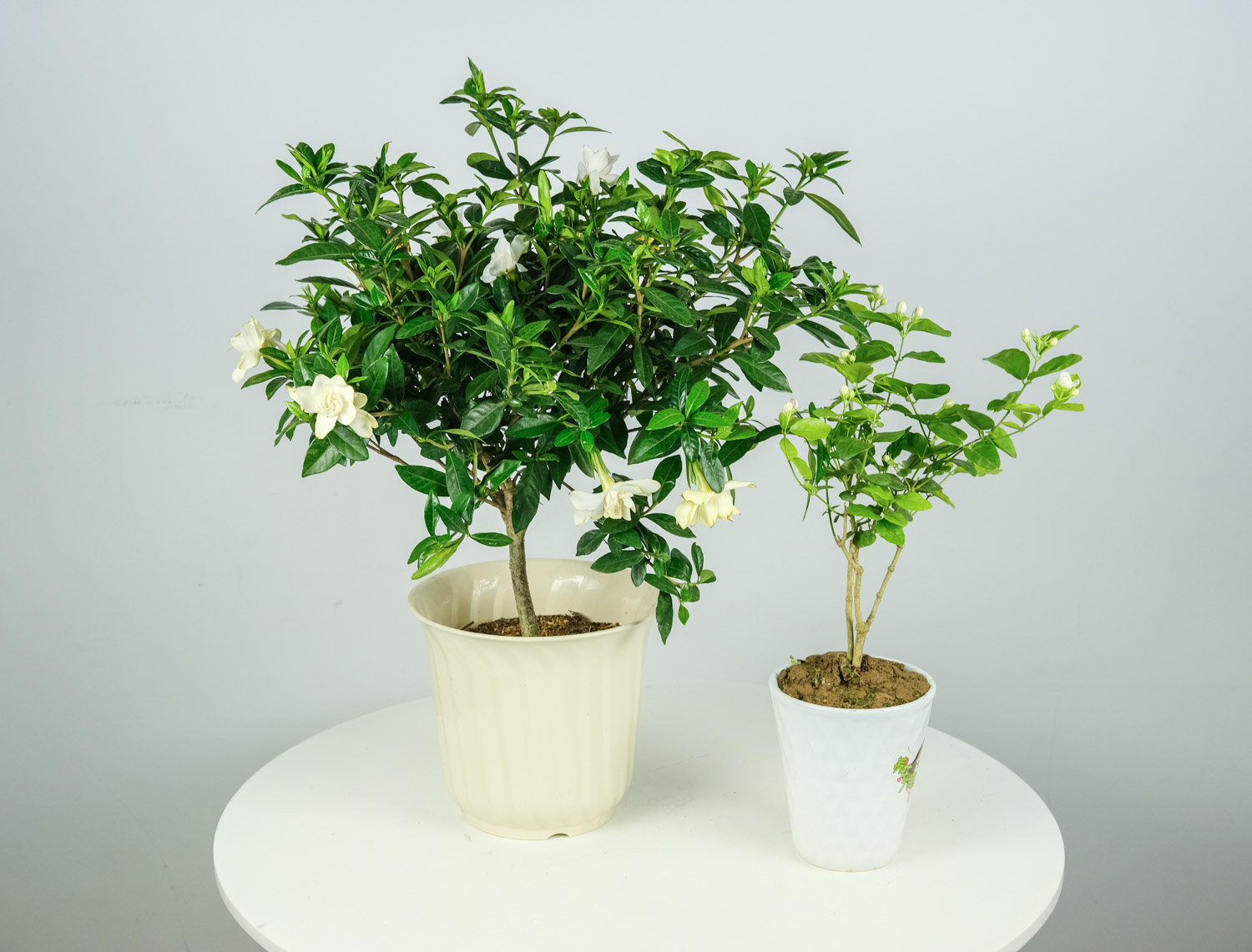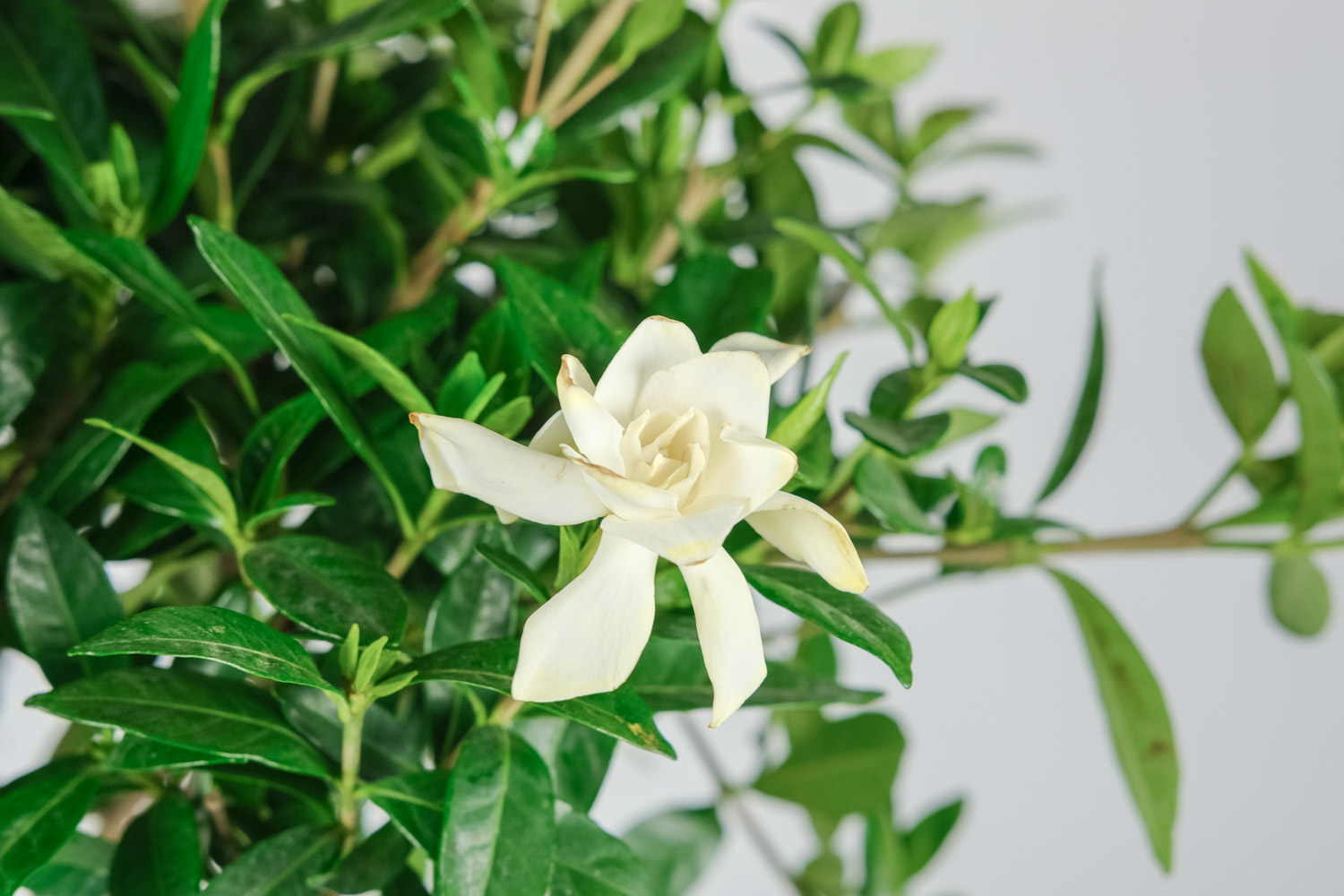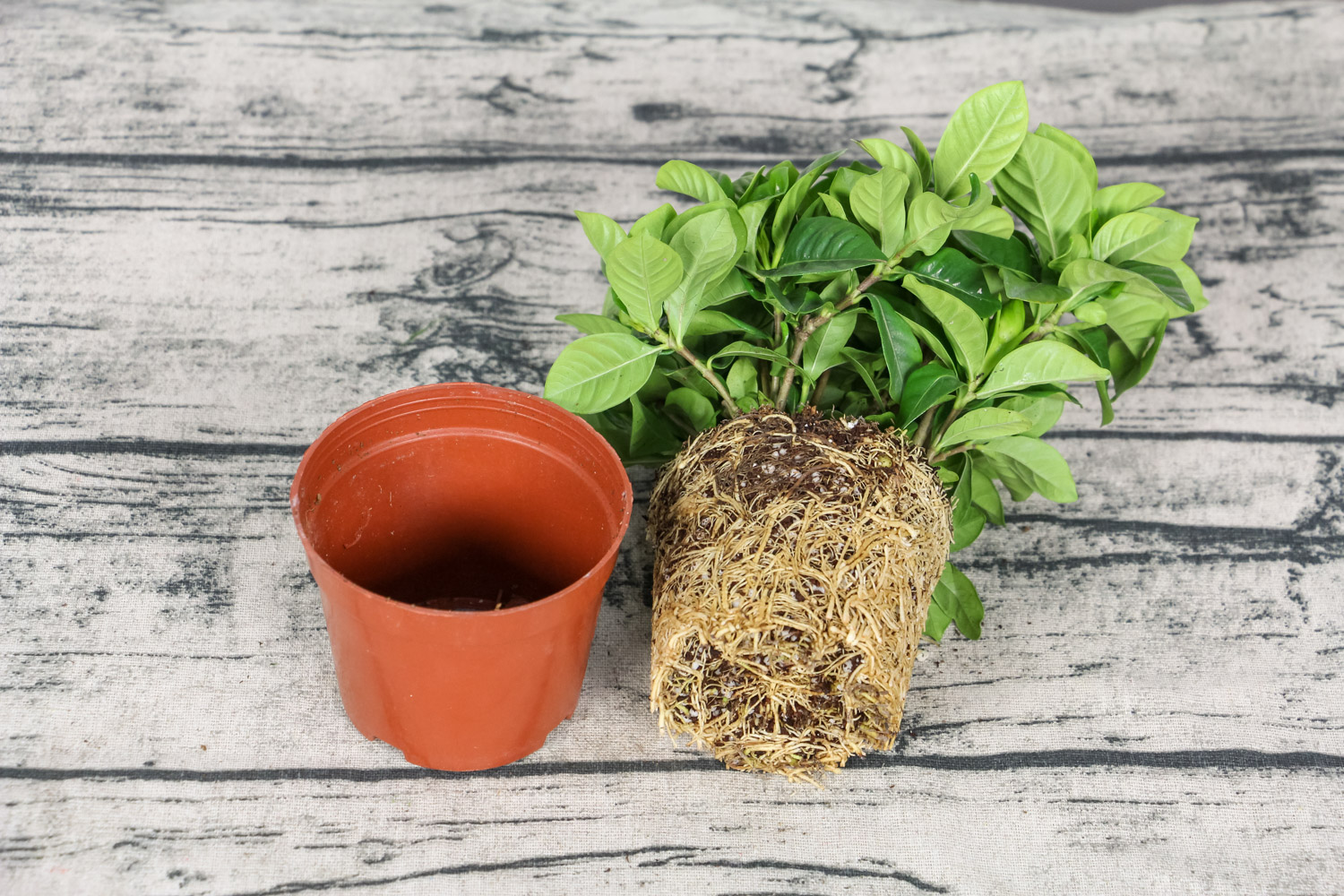1、 Soil
Gardenia cultivation needs to pay attention to the use of soil. The soil must be soft, breathable, permeable, fertile and acidic. It can be mixed with peat soil and rotten leaf soil in the ratio of 1:1. Peat soil, perlite and vermiculite can also be mixed in the proportion of 4:1:1. Finally, a small amount of pine needle soil can be doped to improve the acidity of the soil
2、 Illumination
Gardenia likes light. During the maintenance period, it's best to put it in a bright place. More exposure to the sun can promote better photosynthesis. Its leaves are dark green and can bloom as scheduled. Note that the light in summer is too strong and must be blocked in time, otherwise it is easy to get sunburned. The light in winter is soft. You can put it in a place with good lighting all day. More sunshine is conducive to overwintering

3、 Temperature
Gardenia likes a warm environment. The temperature suitable for its growth is between 20 and 28 ℃, which is not cold resistant. After winter, if the temperature drops to 10 ℃, move indoors and control the temperature above 10 ℃ to avoid frostbite. In addition, pay attention to the high temperature in summer. When the temperature exceeds 32 ℃, strengthen ventilation and spray water frequently to help it cool down
4、 Watering
It consumes more water in the peak growing season. If it finds that the soil is dry, it should replenish water in time to ensure that the soil is wet. Note that it is afraid of waterlogging. The watering amount must be well controlled. The soil can be slightly wet. Ponding is strictly prohibited. There are requirements not only for soil humidity, but also for certain air humidity. If the climate is dry, you need to spray water frequently to improve the humidity. Do not spray on flowers during flowering to avoid early withering of flowers
5、 Fertilization
Gardenia is a fertilizer loving plant. It is not only necessary to apply base fertilizer when planting, but also timely topdressing in the growing season. Rotten organic fertilizer can be applied at ordinary times, and phosphorus and potassium fertilizer should be applied before flowering. The potassium dihydrogen phosphate can be diluted and the fertilizer solution can be sprayed on the plant, so that it can be absorbed quickly and is also conducive to flowering

6、 Change Basin
1. Time: the potted Gardenia needs to change the pot once a year. The time of changing the pot should be in the spring and autumn. The climate and temperature are suitable for its recovery and reduce damage
2. Take off the basin: Gardenia that wants to change the basin needs to cut off the water in advance, so it is convenient to take off the basin. When removing the pot, hold the plant with one hand and buckle the pot upside down with the other hand to take out the plant, which can reduce the damage to the root system
3. Root pruning: changing pots should be combined with root pruning at the same time, which is conducive to later growth. Cut off the old, withered and rotten roots of gardenia, leaving only strong roots. Disinfect after pruning to avoid wound infection
4. Upper pot: the flowerpot should be larger than the old pot to meet the demand for space. The soil can be prepared by the above method. After preparation, the treated Gardenia can be replanted into the soil. After planting, it shall be watered in time and maintained in a warm, ventilated and semi cloudy environment. It will return to normal growth in about a week
7、 Pruning
Gardenia should be trimmed reasonably during breeding. Early spring is the peak germination season of Gardenia. The buds at the top of the main branch should be cut off in time to control its height and promote the sprouting of more lateral branches. During the growth period, it is found that the pest branches and yellow branches should be cut off in time, the long branches should be cut short, and the dense branches should be thinly cut. Prune the remaining flowers in time after each flowering to promote faster germination and growth. It is necessary to re cut once a year in winter, mainly trimming the flowering branches and dry branches, so as to reduce nutrient consumption and promote better roses
8、 Diseases and insect pests
During the maintenance of gardenia, if the environment provided is not suitable, it is conducive to poor ventilation, too high humidity and too high temperature, it is easy to be infected with diseases and pests. The common diseases are yellowing disease and leaf spot disease. Once they are found, they should be treated with drugs in time. The drug can be sprayed 600 times with 65% zinc dysen wettable powder. The common pests are whitefly, thorn moth and scale insect. The moth can be sprayed with 3000 times of 2.5% dimethoate EC, and the scale insects and whiteflies can be sprayed with 1500 times of 40% Omethoate EC

9、 Reproduction
1. Cutting method: the most commonly used propagation method of gardenia is cutting method. The time is usually carried out around March in spring or October in autumn. The climate and temperature are more suitable. After insertion, it is conducive to survival and management. Cuttings must be robust and mature. Water can be inserted first, and then moved to the soil after survival. Insert the cut branches into the container containing water and change the water frequently to avoid decay of the incision. Usually provide a warm environment and take root in about three weeks
2. Layering method: layering breeding is mostly carried out before and after the Qingming Festival or in the plum rainy season. Select annual robust branches from three-year-old mother plants. The branches with a length of 25 to 30 cm are pressed, pulled to the ground, cut into the soil, and then covered with soil and compacted. They will take root in about 20 to 30 days
Gardenia yellow leaves how to do
1. Reasonable light: Gardenia likes light, but it is not sun resistant. During the curing period, if it is placed in the shade for a long time or exposed to the sun for a long time, it may lead to yellow leaves. If you are short of light, move to a place with good light as soon as possible and get more sun. If you are sunburned by strong light, you should block out the light or move to a semi shady and well ventilated environment and sprinkle water appropriately to help you recover
2. Moderate watering: Gardenia likes humid environment and is not drought resistant. If you don't water for a long time, the soil is dry and yellow leaves are easy to appear. It should be watered and moisturized as soon as possible, and sprayed frequently when the climate is dry, so as to recover faster
3. Rational fertilization: Gardenia yellow leaves may also be caused by improper fertilization. Although it likes fat, it is afraid of thick fat and fat. If the concentrated fertilizer is applied, it will produce fertilizer damage and lead to yellow leaves. Fertilizer should be stopped as soon as possible, and water should be poured to wash off the fertilizer and discharge the fertilizer liquid. If the fertilizer damage is serious, it is best to change the soil as soon as possible
4. Replace basin soil: Gardenia is not alkaline resistant and doesn't like soil with heavy viscosity. If the soil discomfort will lead to yellow leaves, change the soil as soon as possible to ensure that the soil is soft, breathable and acidic. Gardenia will grow vigorously in a suitable soil environment, and yellow leaves can also be avoided

What if Gardenia doesn't bloom
1. More sun exposure: Gardenia likes light and has slight shade tolerance. However, if it is placed in a cool environment for a long time during the maintenance period, it is easy to grow in vain without being exposed to the sun. The branches and leaves are vigorous but do not bloom. In this case, it's best to prune properly, and then move to a place with good daylighting and get more sun. Sufficient light can promote it to return to normal growth as soon as possible and open as scheduled for the next flowering period
2. Supplementary nutrients: Gardenia likes fertilizer. If it is not topdressing for a long time, the barren soil will also lead to non flowering. It is suggested to apply fertilizer properly before flowering. The fertilizer should be potassium dihydrogen phosphate fertilizer, which can be diluted and sprayed with fertilizer solution. Sufficient phosphorus and potassium is conducive to flowering and prolong the flowering period
3. Proper watering: Gardenia likes a humid environment and consumes a lot of water in the growing season. If it is not watered for a long time, the soil will be dry and water shortage will affect its growth and flowering. Water should be replenished as soon as possible to make the soil moist. Only when the soil is wet can it grow vigorously and blossom better. Note that after the flowers open, the water shall be controlled properly and then poured when they are dry, otherwise it is easy to cause early flower falling

 how many times do yo...
how many times do yo... how many planted tre...
how many planted tre... how many pine trees ...
how many pine trees ... how many pecan trees...
how many pecan trees... how many plants comp...
how many plants comp... how many plants can ...
how many plants can ... how many plants and ...
how many plants and ... how many pepper plan...
how many pepper plan...



























